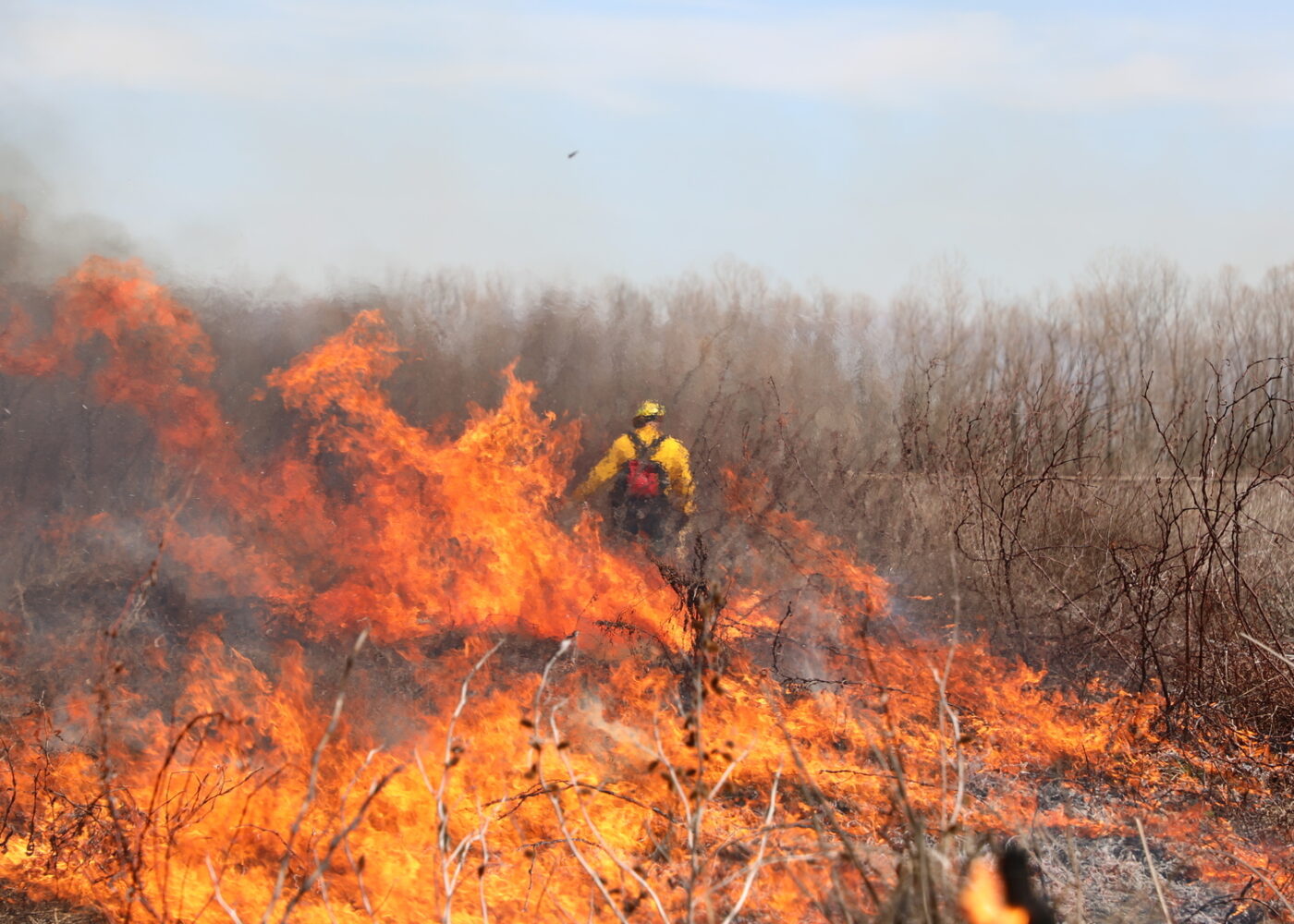We analyze current and predicted weather conditions, wildfire occurrences, and the state of vegetative fuels to deliver crucial products. This information empowers communities, officials, and firefighters to make well-informed decisions, ultimately contributing to more effective wildfire management and response strategies.
Fire environment products
We produce a range of products to support fire management efforts. Staff input the daily and predicted weather observations, fuels, drought, and fire history and occurrence to describe the fire environment.
- Current and predicted weather conditions: Fire officials base all actions on current and forecast weather events. Making accurate weather forecasting a key service. We closely monitor fire weather and seasonal climate models through coordination with the National Weather Service. We use over 150 remote automated weather stations (RAWS) across the state to view real time weather conditions and track long term weather trends.
- Vegetation and wildland fuels monitoring: The condition of vegetation and the availability of wildland fuels are critical factors in wildfire potential. We monitor fuel through collecting samples at sites statewide.
- Wildfire occurrence and ignition sources: Tracking the occurrence of wildfires and their ignition sources helps in understanding patterns and improving strategies for prevention and control. We closely track lightning strikes and inform fire resources on locations where lightning caused wildfires could ignite.
- Dissemination of assessment information: We ensure timely and accurate information is shared with stakeholders. Including firefighters, elected officials, public administrators, and the public. This transparency aids in coordinated efforts and informed decision-making.
- Response and training: Our staff are trained and certified in wildland fire management and routinely perform additional duties to the agency through wildfire and disaster response. Staff also provide educational training to a range of audiences from the public to governmental cooperators and firefighters. Contact us to request training.
Fire danger
Fire danger ratings describe conditions that reflect the potential, over a large area, for a fire to ignite, spread, and require suppression action. Adjective fire danger does not take in all aspects of the fire environment, and is weighted heavily on daily weather observations at weather stations.
Fuel dryness maps
Fuels are always gaining or losing moisture. Dead fuel moisture responds solely to ambient environmental conditions and is critical in determining wildfire potential.
Seasonal outlooks
We build seasonal outlooks for the dormant fire season, which are driven by late winter cold fronts and dormant grasses.
The amount of vegetation on the landscape from the previous year’s growing season is an important factor in winter fire season.
Herbaceous greenness maps
As temperatures warm in the spring, grasses and other vegetation put on new green growth which can hinder wildfire spread, known as “herbaceous green up”.
We provide insights from the field on the conditions of green up and create maps of where in the state wildfire is likely to occur if enough dry fuel still exists on the landscape, informing decision makers on where resources should be prepared for wildfires.
History
Following the 1998 fire season, we became one of the first state agencies in the nation to establish a permanently staffed unit to provide short and long-term forecasts and analysis, our Predictive Services department. Through time, the scope of the department has grown. Using the most advanced technology and scientific research, we produce information and products that are used at the national, state, and local level by firefighters, elected officials, and the public.
